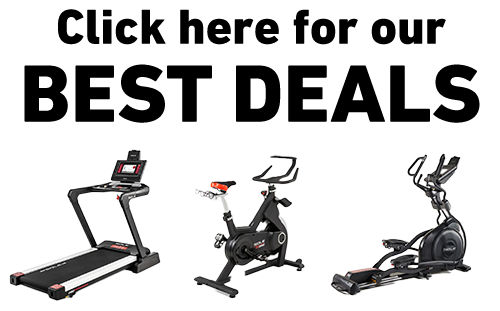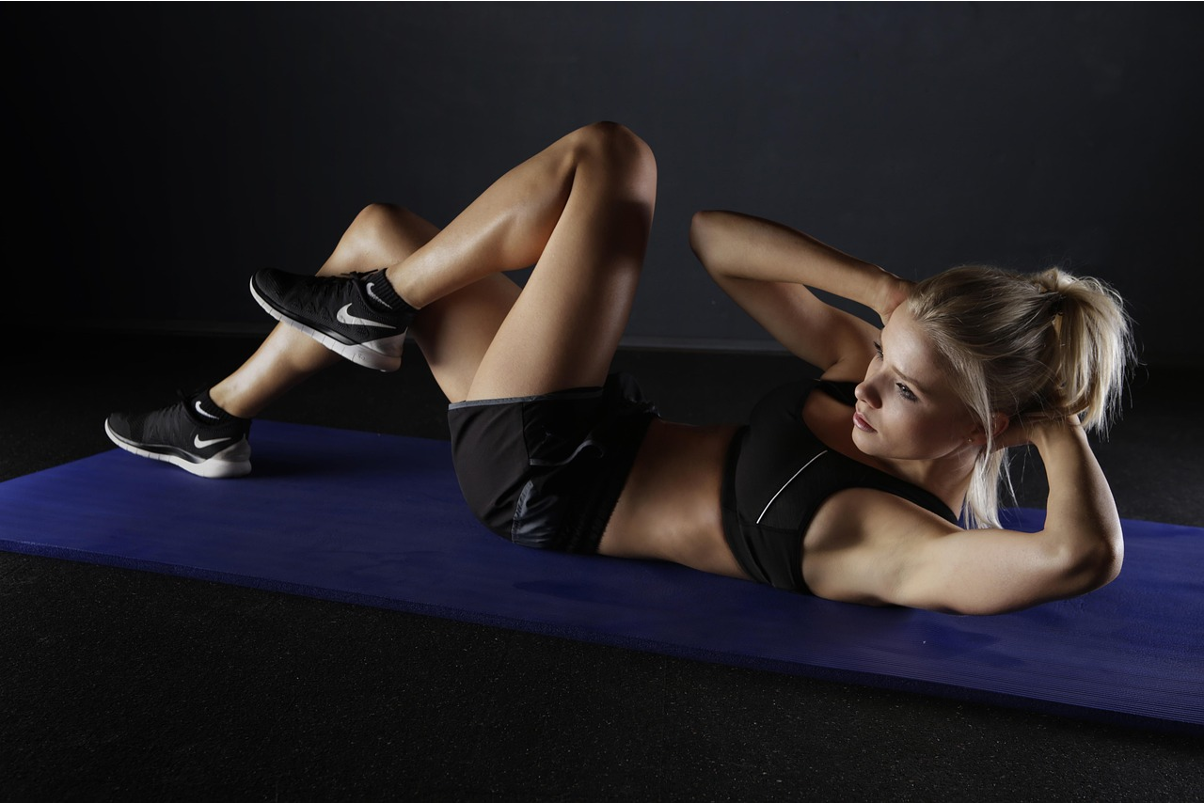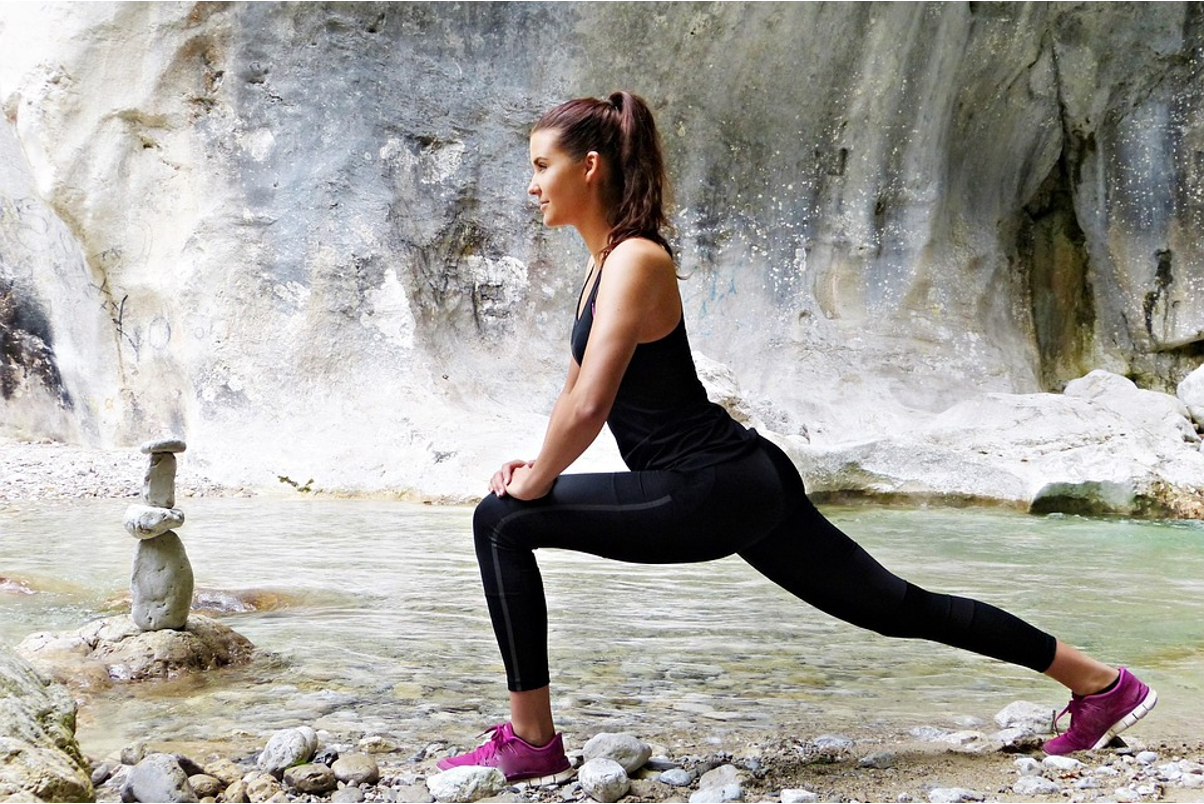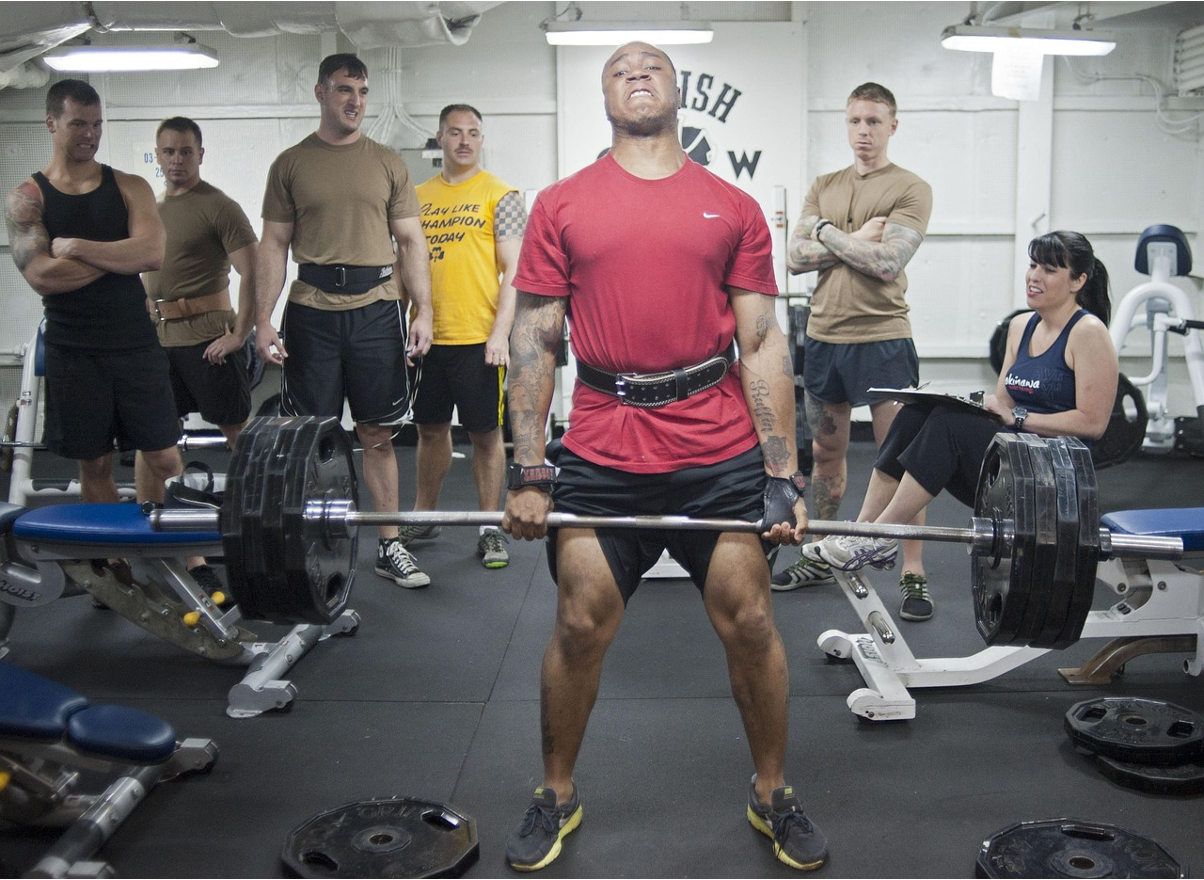Key Takeaways
- Internal obliques play a crucial role in core stability, rotational power, and protecting your spine during everyday movements.
- Side planks are highly effective for targeting the internal obliques through isometric stabilization while minimizing stress on the lower back.
- Bicycle crunches provide excellent internal oblique activation when performed with proper form and controlled rotational movement.
- Wood choppers develop functional strength through diagonal movement patterns that transfer to athletic activities and daily life.
- SOLE's Equipment Mat provides the essential cushioned surface needed for safe floor-based oblique training while maintaining proper spinal alignment during these targeted exercises.
Why Your Internal Obliques Need Attention
Your internal obliques aren't just aesthetic muscles—they're functional components of your core system. When properly developed, they create natural support around your midsection, providing three-dimensional stability for your spine.
Unlike the external obliques (which are more superficial), the internal obliques work deeper and in the opposite direction, creating a crosshatch pattern that reinforces your core from multiple angles.
Strong internal obliques deliver benefits that extend beyond standard core training. They enhance rotational power for sports activities, increase lateral stability for runners and cyclists, and improve posture by supporting your ribcage alignment.
Most importantly, they help protect your lower back during asymmetrical movements like carrying objects or performing daily activities that involve uneven loading.
|
Premium Home Gym Equipment with Award-Winning Quality! Complete Your Home Gym:
Why Choose SOLE: ✓ Commercial-grade quality for home use 30-Day Money-Back Guarantee: Love it or return it, no questions asked. |
Exercise #1: Side Planks

Side planks create continuous tension through isometric contraction, forcing your obliques to stabilize against gravity for extended periods.
Proper Side Plank Form
- Start by lying on your side with your legs extended and feet stacked. Position your bottom elbow directly beneath your shoulder, forearm flat and perpendicular to your body.
- Engage your core by drawing your navel toward your spine.
- Now lift your hips until your body forms a straight line from ankles to shoulders, with no sagging or hiking. Hold this position while breathing normally.
The most common mistake is allowing your hips to drop or rotating your torso. To check your form, try performing the exercise beside a mirror.
Your shoulders, hips, and ankles should all be in a vertical line when viewed from behind. If you're performing it correctly, you'll feel engagement along the side of your waistline; that's your internal oblique working.
3 Side Plank Variations to Increase Difficulty
Side Plank with Hip Dips: From the standard position, slowly lower your hip toward the floor and then lift it back up, creating a controlled dipping motion that increases the work on your obliques.
Side Plank with Rotation: From the basic position, reach your top arm beneath your torso, rotating your shoulders while keeping your hips stable, then return to the starting position.
Side Plank with Leg Lift: While maintaining a solid side plank, lift your top leg 12–18 inches and hold, dramatically increasing the stability demands on your core.
Common Side Plank Mistakes to Avoid
Form deteriorates rapidly when fatigue sets in. It's better to perform three perfect 20-second side planks than one compromised 60-second hold.
When you feel your hips beginning to drop or your shoulders starting to round, it's time to rest. Quality always trumps quantity when training these stabilizing muscles.
The most prevalent mistake is collapsing through the shoulder, which reduces oblique engagement and creates unnecessary strain. Always maintain a firm "pushing away" action through your supporting arm.
Another common error is holding your breath during the exercise. Your breathing should remain steady, as your internal obliques actually assist with respiration when functioning properly.
Exercise #2: Bicycle Crunches

Bicycle crunches combine rotation and flexion patterns that align with how your internal obliques function naturally.
Step-by-Step Bicycle Crunch Instructions
- Begin by lying flat on your back with your hands lightly touching the sides of your head (not pulling on your neck).
- Lift your shoulders off the ground and bring your knees toward your chest at approximately a 90-degree angle.
- Extend your right leg straight out while simultaneously rotating your torso to bring your right elbow toward your left knee. Return to the center and repeat on the opposite side, creating a pedaling motion.
The movement should be fluid but controlled, with each rotation taking approximately 2–3 seconds.
Focus on initiating the rotation from your core rather than pulling with your arms or neck. Imagine your ribcage and pelvis as two separate units that rotate in opposition to each other.
How to Feel Bicycle Crunches in Your Obliques
Neck strain during bicycle crunches indicates improper form. Your hands should support your head's weight without pulling, acting as gentle support rather than active participants.
The power should come entirely from your core muscles. Try performing your first few repetitions with your fingertips just hovering beside your ears to reinforce proper technique.
To maximize oblique engagement, focus on the rotational component rather than just the crunch. Think about driving your shoulder blade (not just your elbow) toward the opposite hip.
This subtle adjustment shifts the workload directly to the internal oblique fibers. You'll know you're doing it right when you feel the contraction along the sides of your waistline.
Progression Options for Different Fitness Levels
Beginner: Perform the movement with bent legs and smaller range of motion, focusing on controlled rotation.
Intermediate: Execute full bicycle crunches with straight leg extensions and complete shoulder rotation.
Advanced: Add a one-second pause at the point of maximum rotation, increasing time under tension for the obliques.
Exercise #3: Wood Choppers

Wood choppers train your obliques to coordinate with your shoulders, hips, and legs through diagonal patterns that directly transfer to real-world activities and athletic movements.
Mastering Wood Chopper Form
Begin by standing with feet shoulder-width apart, holding a medicine ball, dumbbell, or cable handle with both hands.
Start with the weight positioned at hip level on your right side. Engage your core and rotate across your body, bringing the weight diagonally upward to the left side of your body at shoulder height.
The motion should flow from your feet through your torso, with your hips and shoulders rotating together. Slowly return to the starting position with control.
The effectiveness of wood choppers comes from the diagonal pattern that specifically targets the internal oblique fibers.
As you rotate, think about initiating the movement from your midsection rather than pulling with your arms. Your arms should act as attachments to the weight, while your core generates the rotational force.
Equipment Options for Wood Choppers
While cable machines provide consistent resistance for wood choppers, don't let equipment limitations stop you from performing this exercise.
Medicine balls have the advantage of providing momentum training—you need to accelerate and decelerate the weight throughout the movement. Resistance bands create increasing tension at the end range of motion, challenging your obliques at their most extended position.
For home workouts with minimal equipment, a water bottle filled to your desired weight works effectively. The key isn't the equipment but rather the rotational pattern and core engagement.
Integrating Wood Choppers into Your Workout
Wood choppers work best when positioned strategically in your workout routine. For maximum effectiveness, perform them after your main exercises but before isolation work.
This ensures your core is fresh enough for proper execution but sufficiently warmed up to handle rotational forces safely.
A typical approach is 2–3 sets of 8–12 repetitions per side, focusing on quality movement rather than heavy resistance. These movements pair well with traditional strength training, providing complementary core work without interfering with the muscles you've already trained.
Optimize Your Internal Oblique Training with SOLE

SOLE's Equipment Mat provides the essential foundation for safe oblique training by offering spinal protection and stability during floor-based exercises that target these important deep core muscles.
Internal oblique training requires proper surface support to maintain spinal alignment while performing floor-based exercises. SOLE's Equipment Mat provides the essential foundation with superior cushioning that makes side planks and bicycle crunches comfortable and safe for extended training sessions.
The generous 36.5" x 78" surface accommodates all oblique movements from basic side planks to rotational exercises like bicycle crunches. The non-slip backing prevents dangerous mat movement during dynamic movements, which is crucial for safety during exercises requiring stability and control.
The balanced cushioning design protects your spine during floor work while maintaining the firm surface feedback needed for proper body alignment. This protection allows you to focus on technique and muscle engagement rather than discomfort, essential for developing effective movement patterns.
For comprehensive training support, pair your mat with the SOLE treadmill for cardiovascular conditioning that complements your core training. The SW180 and SW155 Adjustable Dumbbells also provide options for weighted wood chopper variations as you advance in your training. The free SOLE+ App includes core training programs with structured progression.
Ready to develop strong, functional obliques safely? Check out the SOLE Equipment Mat today!
Frequently Asked Questions (FAQs)
How often should I train my internal obliques?
For optimal development, train your internal obliques 2–3 times per week with at least 24 hours of recovery between sessions. These muscles respond best to quality stimulus followed by adequate recovery rather than daily low-intensity work. While your obliques do activate during many compound movements, dedicated training with these exercises ensures comprehensive development of all muscle fibers.
Will training obliques make my waist wider?
This concern stems from misunderstanding how muscle development works. Internal obliques tend to create density rather than visual size when trained appropriately. The exercises recommended here focus on stability and controlled movement rather than heavy resistance training, meaning they're unlikely to significantly increase waist circumference. Proper internal oblique training actually enhances the appearance of a tapered waistline by improving posture and supporting proper alignment.
Can I target internal obliques without equipment?
Yes, internal obliques respond well to bodyweight training. Side planks require no equipment yet deliver high activation levels for these muscles. Bicycle crunches provide outstanding oblique recruitment without any external resistance. Even wood choppers can be modified as a bodyweight exercise by using controlled rotational movement patterns.
How long before I see results from oblique training?
Functional improvements typically begin within the first two weeks as you notice enhanced rotational stability and reduced back fatigue during daily activities. Visible changes typically appear within 4–6 weeks of consistent training, though results depend on overall body composition and training consistency.
How does SOLE's Equipment Mat enhance internal oblique training?
SOLE's Equipment Mat is essential for safe oblique training, providing superior cushioning that protects your spine during floor-based exercises like side planks and bicycle crunches. The 36.5" x 78" surface gives you plenty of space for rotational movements, while the non-slip backing prevents the mat from sliding during dynamic exercises.
The balanced cushioning protects your lower back during extended holds while maintaining the firm surface feedback needed for proper spinal alignment. The easy-clean material handles sweat while maintaining grip properties.







Leave a comment
This site is protected by hCaptcha and the hCaptcha Privacy Policy and Terms of Service apply.